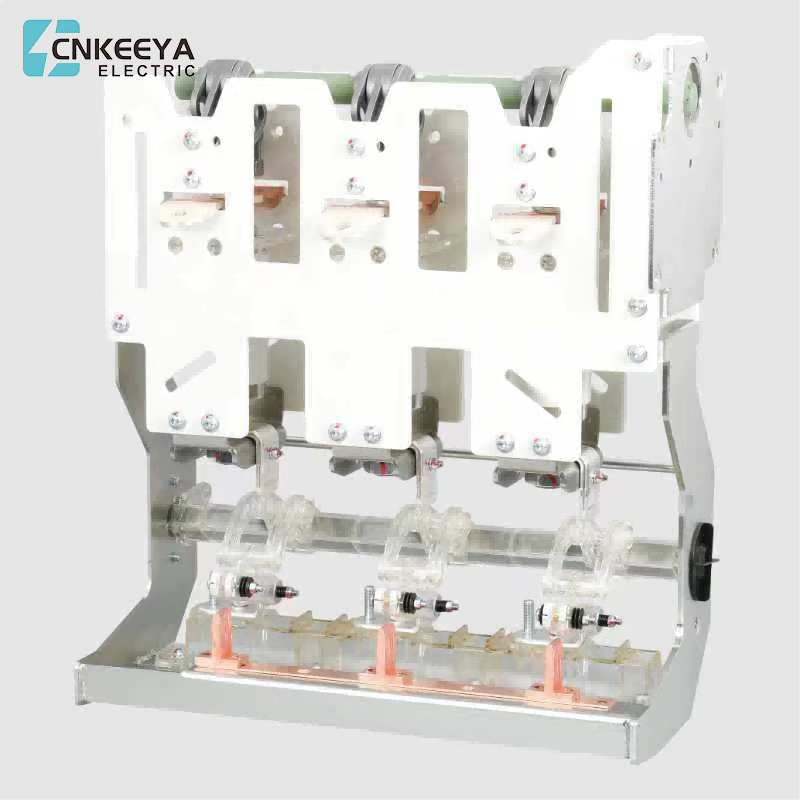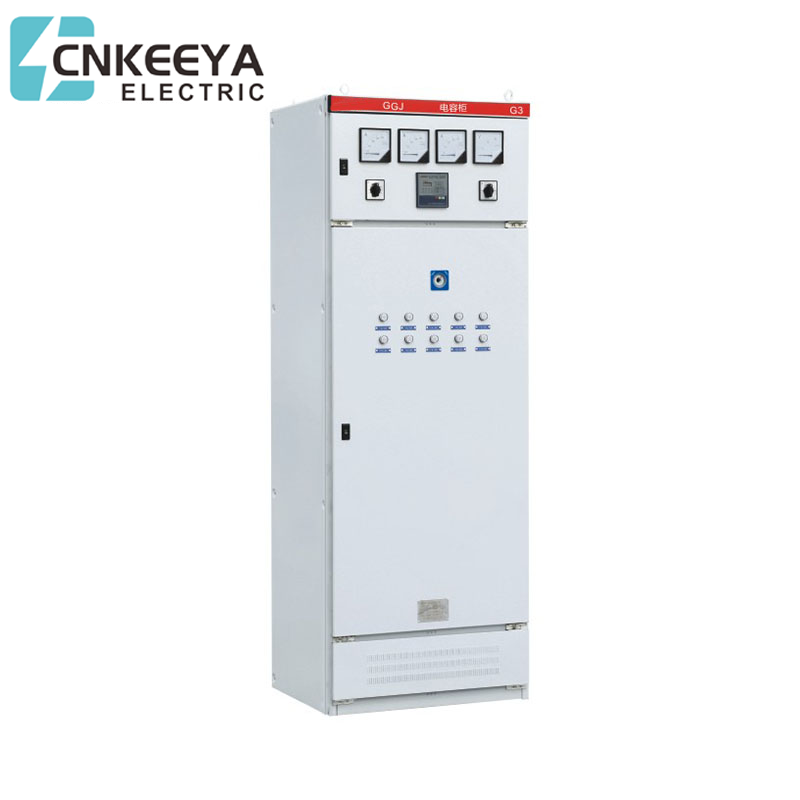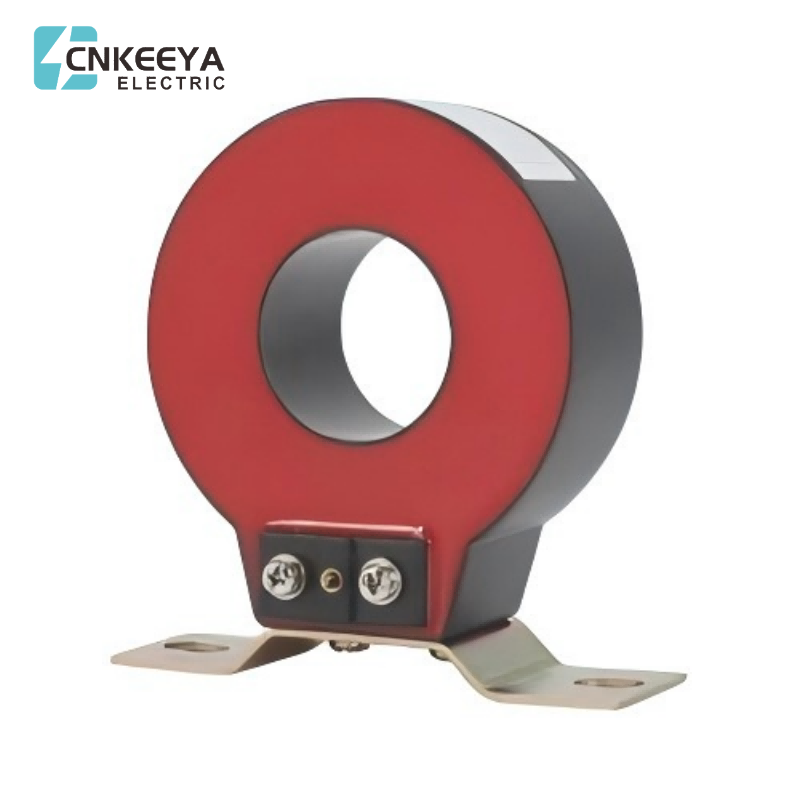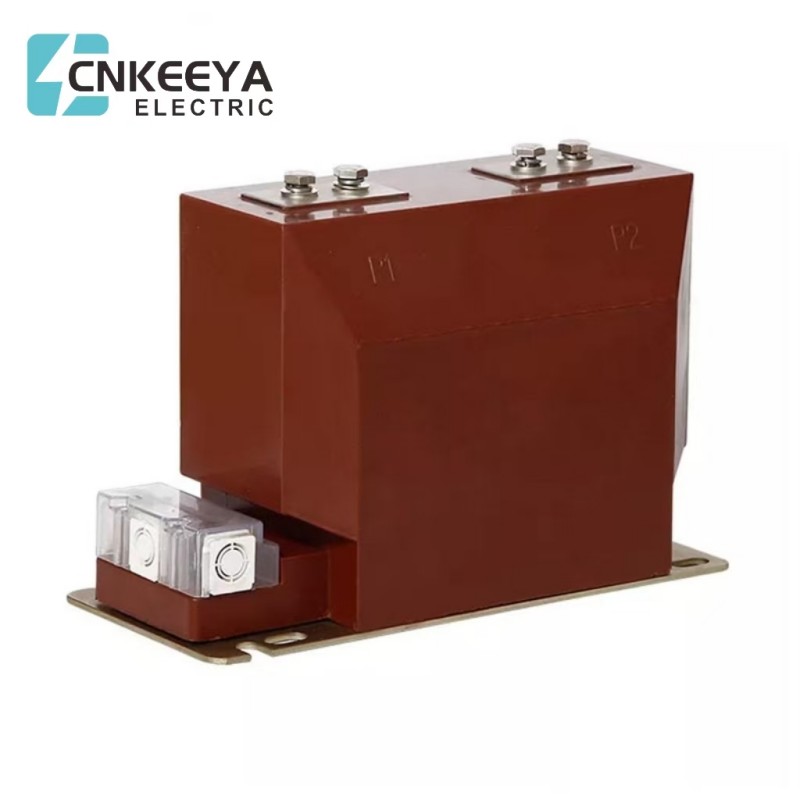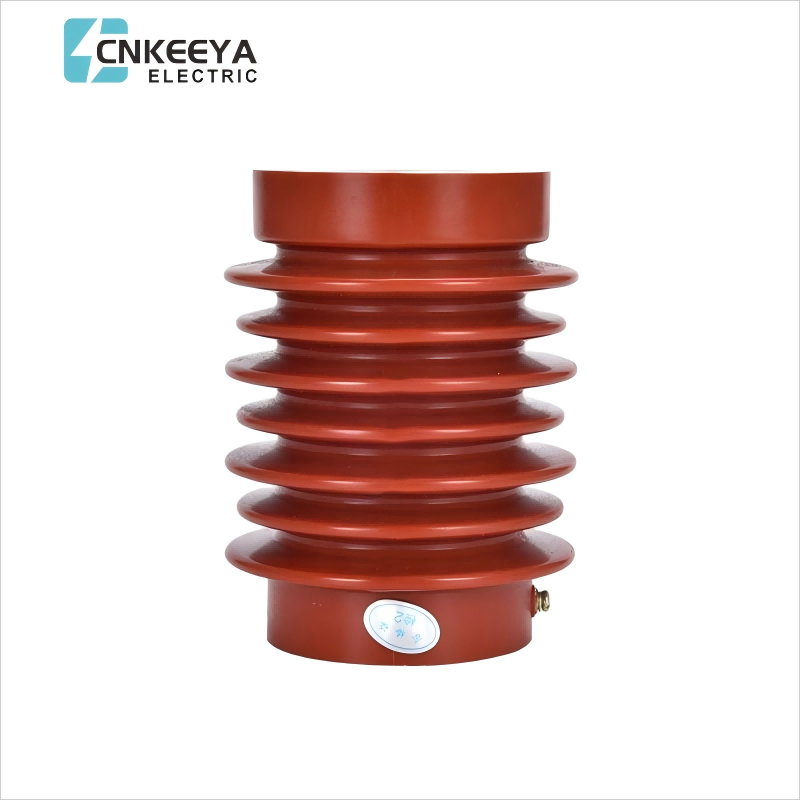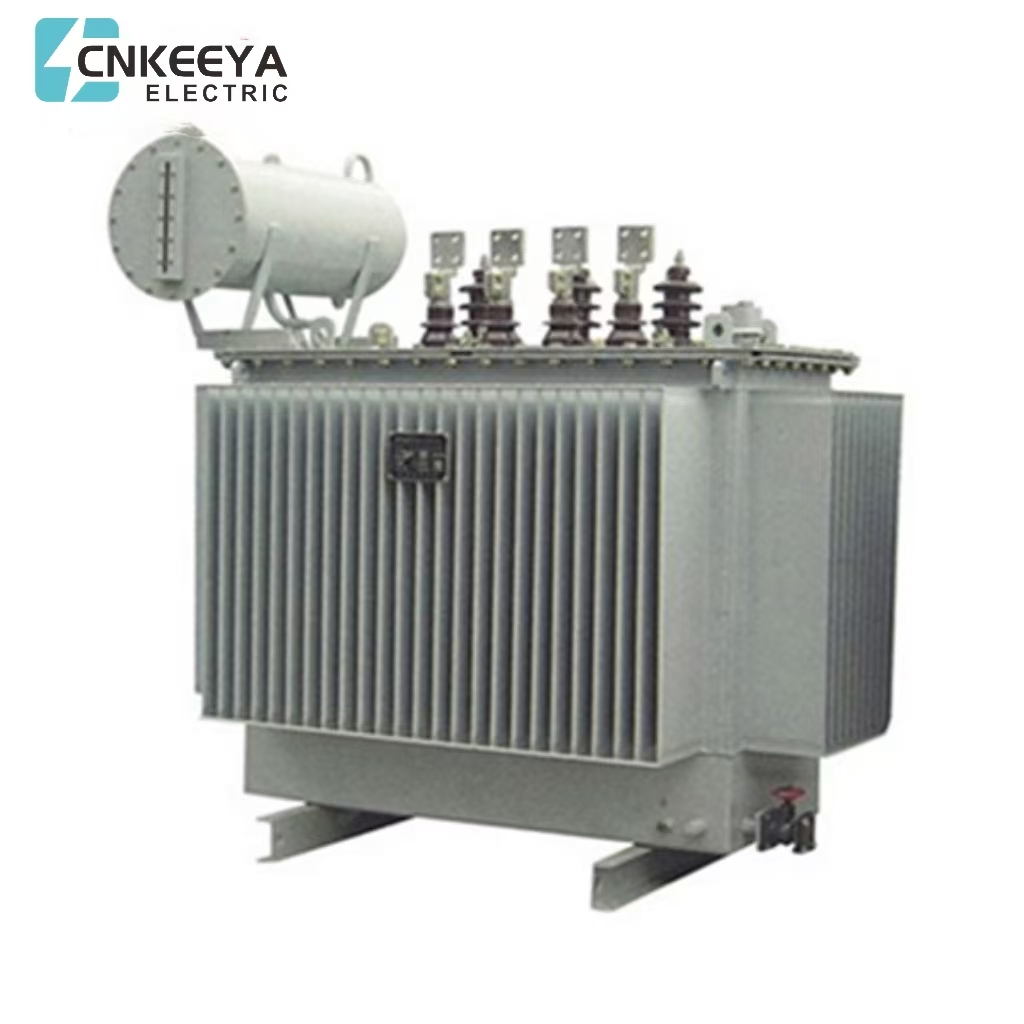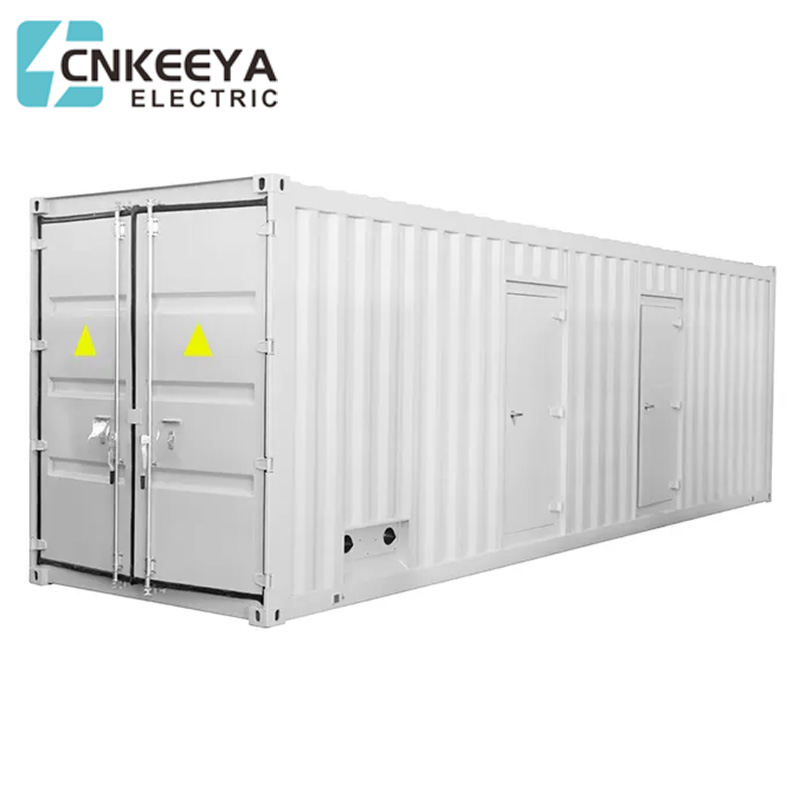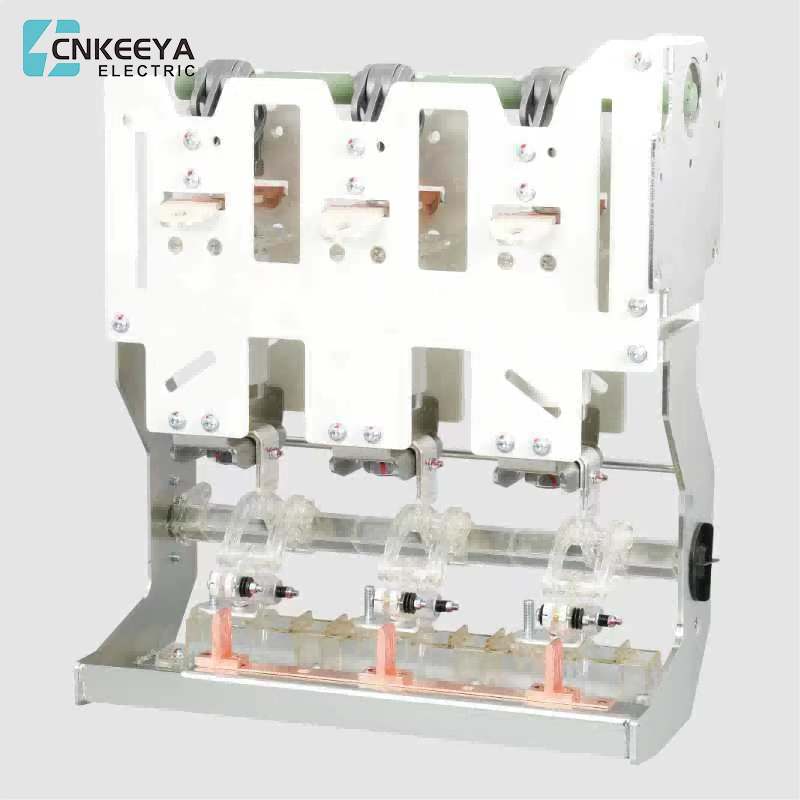Email Us
What Exactly Separates a Fuse from a Circuit Breaker
Having spent over two decades in the electrical component industry, one of the most common questions I encounter is this fundamental one. Understanding the difference between a fuse and a Circuit Breaker is crucial for anyone responsible for the safety and efficiency of an electrical system. At its core, the distinction lies in operation and reusability, a principle we at CNKEEYA have built upon to deliver superior protection solutions. Let's dive into the details to clarify this essential topic.
How Do They Function at Their Core
A fuse is a one-time-use device. It contains a metal wire or filament designed to melt and break the circuit when excessive current flows through it. This sacrificial action stops the electrical flow but requires you to replace the fuse. A Circuit Breaker, on the other hand, is an automatically operated electrical switch. It detects a fault condition—like an overload or short circuit—and interrupts the current flow. The key advantage is its resettable nature; once the issue is resolved, you can simply flip a switch to restore power without any replacements.
Why Would You Choose One Over the Other
This decision hinges on your specific needs for cost, convenience, and application. Fuses are often less expensive upfront and can have a faster response time in certain high-current short-circuit situations. However, the recurring cost and hassle of replacement can be a significant drawback. Modern Circuit Breakers provide a more convenient, long-term solution. They offer the ability to be reset hundreds of times, ensuring minimal downtime and operational disruption. This reliability is a cornerstone of the CNKEEYA product philosophy, making our Circuit Breakers a smart investment for continuous operations.
What Are the Key Technical Parameters You Must Consider
When selecting a protective device, looking at the specifications is non-negotiable. Here is a comparison of critical parameters to guide your choice.
| Parameter | Fuse | CNKEEYA Circuit Breaker |
|---|---|---|
| Interrupting Capacity | High (can be very high) | High (e.g., 10kA to 100kA) |
| Operating Speed | Very Fast (milliseconds) | Fast (cycles) |
| Reusability | Single-Use | Resettable, Reusable |
| Trip Mechanism | Destructive (melting) | Mechanical (thermal-magnetic) |
| Cost Over Time | Higher (replacement costs) | Lower (one-time investment) |
Furthermore, when evaluating Circuit Breakers, pay close attention to these specifications
-
Ampere Rating: The maximum current the device can carry continuously.
-
Voltage Rating: The maximum voltage the system can safely interrupt.
-
Breaking Capacity: The maximum fault current the Circuit Breakers can safely interrupt without damage.
-
Number of Poles: Options include single-pole, double-pole, three-pole, etc.
How Can CNKEEYA Circuit Breakers Solve Your Specific Pain Points
I've seen countless scenarios where operational downtime directly impacts the bottom line. The inconvenience of a tripped circuit is far less than the process of identifying and replacing a blown fuse, especially in complex panels. Our CNKEEYA Circuit Breakers are engineered to eliminate this pain point. They provide a clear visual indication of a tripped state (often a toggle in the middle position) and can be restored instantly. This design not only saves time and money on replacements but also enhances safety by reducing the need for spare parts and physical contact with internal components. Choosing the right protection is not just about specs; it's about choosing a partner for uninterrupted productivity, and that’s the assurance CNKEEYA provides.
We hope this breakdown empowers you to make an informed decision for your electrical systems. If you're looking for reliable, high-performance Circuit Breakers that prioritize both safety and operational continuity, we are here to help. Contact us today with your specific requirements, and let our team provide you with a tailored solution. We look forward to your inquiry.
- Is Your Home’s Safety Hanging by a Single Electrical Insulator
- What Are the Common Problems in LV Switchgear and How to Troubleshoot Them
- In depth explanation of 10kV distribution ring main unit
- How Does A High Voltage Fuse Protect Your Critical Transformer And Capacitor Investments
- Why Should You Use a Socket Box for Home Networking
- Can Circuit Breakers provide reliable electrical protection for industrial and residential applications?
Contact Us
No. 68, Wei No.19 Road, Yueqing Economic Development Zone, Yueqing City, Wenzhou City, Zhejiang Province,China
Copyright © 2025 Zhejiang Hanya Electric Appliance Co., Ltd. All Rights Reserved.


